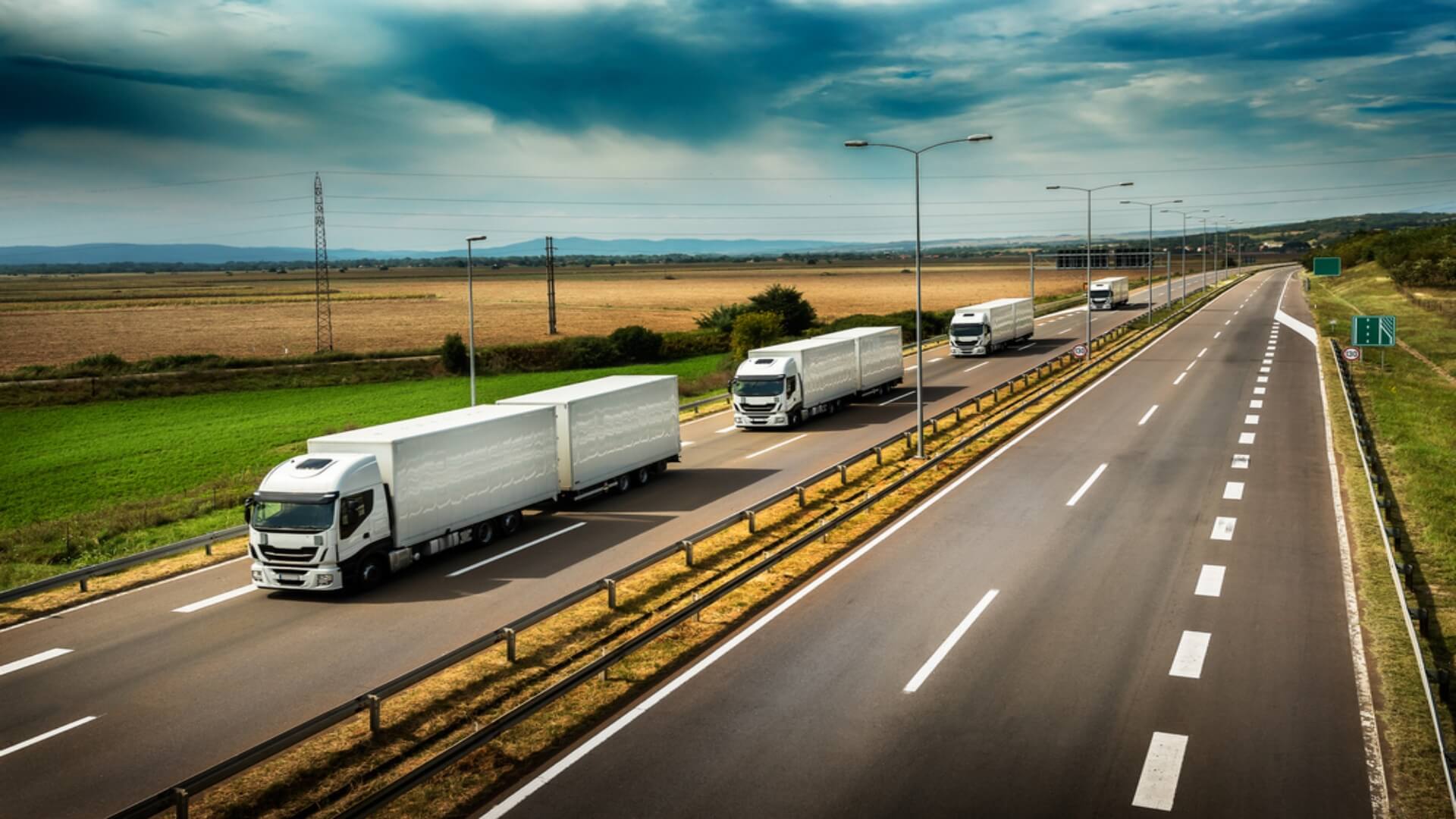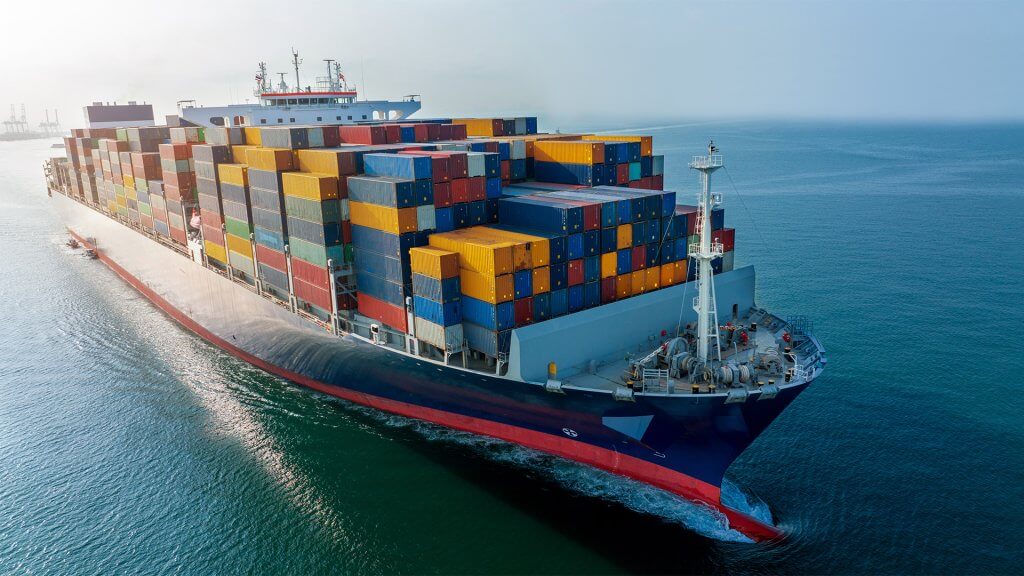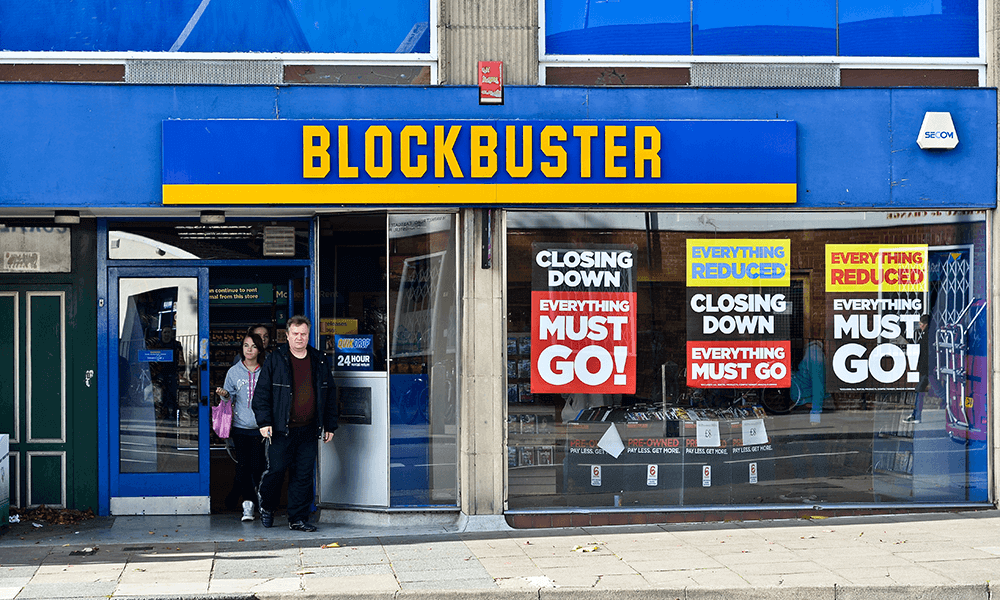More and more, the idea of making business socially responsible has become urgent in light of the looming crisis. As the push to become eco-friendly intensifies, making commercial fleets sustainable is becoming the norm, especially for those of a considerable size. As a fleet manager, you must think about this while hiring and training drivers, monitoring fuel usage, performing fleet vehicle maintenance, and tracking all your expenditures.
If you’re figuring out how to manage your fleet sustainably, here are six tips you can take as a fleet manager:
1. Maintain Your Fleet
While it’s true that trucks are built to last, that doesn’t mean they can do without routine maintenance, especially diesel-powered engines.
Diesel-powered vehicles have aftertreatment systems that regulate the amount of greenhouse gases released by fuel combustion. These systems require regular maintenance, which can be challenging if your fleet is large. Moreover, the aftertreatment system steps can be complicated to handle for small crews. Fortunately, you can hire professional technicians to cover maintenance needs.
2. Screen All Drivers
Sustainable commercial fleet management may involve thoroughly screening all your drivers before hiring them. Since they’ll handle your trucks for most of your operational time, they must be trustworthy.
You’ll need to confirm their driving license, conduct background checks, and validate their driving skills. If they don’t match your standards, you may have to train them or keep looking for those that qualify. Remember, unqualified drivers may affect the cost of your insurance coverage and set you back on your sustainability goals.
3. Equip Each Truck With The Latest Technology
Managing your fleet involves more than buying the latest trucks, getting qualified drivers, and letting them drive independently. You must also ensure that each vehicle is installed with proper technology before it hits the road.
For instance, installing an electronic logging device (ELD) helps you get details about your truck before, during, and after use. Smart usage of technology has allowed companies to roll back their energy consumption. This may be a significant factor in furthering your efforts for greening your operations. Consider talking with experts to see how you can best equip your fleet for optimal fuel usage.
4. Go Paperless
Drivers find it hard to keep up with paperwork during long shifts. It’s not uncommon to end up with incorrect or incomplete reports that lead to compliance issues. Therefore, as a fleet manager, consider using virtual logging systems to reduce administrative costs, track drivers’ reporting time quickly, and maximize uptime.
With these digitalised recording systems, you give contracted drivers a way to better manage their driving time and mileage by accurately recording their performance.
5. Use Efficient Routes
Optimising your fleet’s routes is another way to increase fuel efficiency and enhance productivity. Therefore, you should always keep track of what’s happening on your preferred roads to increase the yield for every haul.
Using appropriate tracking systems such as GPS can help you gather information about your drivers’ routes, identify the problems they encounter, and find possible remedies or alternatives. For example, it may help your fleet discover a shorter, more reliable course if some trips need to be combined, and whether there’s any fuel wastage. This will help reduce fuel expenditure, reduce carbon emissions, and keep you on track with your sustainability goals.
6. Choose Eco-Friendly Vehicles
If you plan to expand your fleet or replace your existing trucks with the latest models, consider investing in ones that match your sustainability goals.
The best choice is to invest in eco-friendly vehicles such as electric trucks. These don’t emit greenhouse gases as long as they’re charged with energy from renewable sources. Therefore, going electric can shrink your entire fleet’s total emissions during your business’s lifetime. Investing in electric trucks will also cut operational spending, help you adapt to changes in the market, and grant you more resources and funding to direct to other important aspects of your business.
Sustainability Is The Path Forward
Making commercial fleet management eco-friendly requires commitment and determination, juggling compliance needs, customer service, and green goals. Fortunately, these tips should provide fleet managers like you with clear starting points for building a sustainability strategy that also promises growth. Start by outlining your objectives, such as reducing your carbon footprint or upgrading your fleet in a year. Then, craft strategies to meet these objectives.
Sustainability will require a considerable amount of investment. But in light of the benefits for everyone in the globe overall, the effort and resources you put in are worthwhile. Take the first steps to greener fleet management today.





















